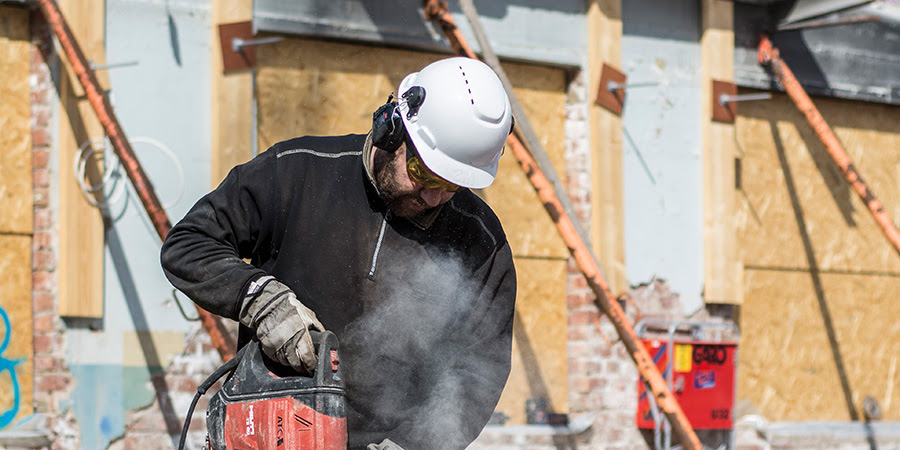
12:00PM - 1:00PM
Going Global with Hearing Conservation: Understanding Hearing Protector Attenuation Ratings (What's Behind the Numbers?)
Hosted by Laurie Wells, Au.D.
In most countries, hearing protectors are required by law to be tested and labeled in a specific way. Using a standardized measurement method and a uniform label on a product should make it easy for users to understand, right? For example, new cars are labeled with a fuel efficiency rating and for hearing protection, the mandatory label value in the US is the Noise Reduction Rating (NRR). In most countries, hearing protectors are required by law to be tested and labeled in a specific way. Using a standardized measurement method and a uniform label on a product should make it easy for users to understand, right? For example, new cars are labeled with a fuel efficiency rating and for hearing protection, the mandatory label value in the US is the Noise Reduction Rating (NRR).
The U.S. Environmental Protection Agency mandates hearing protector attenuation labeling (NRR) while regulatory authorities and standards bodies provide guidance on how to use the NRR in hearing conservation programs. Research reveals that one number on a label often doesn’t tell the whole story and with today’s technology we can fit test hearing protectors on individual workers to get a Personal Attenuation Rating (PAR). What to do with all these numbers? This webinar will explore some truths and myths about the NRR and PAR: how they are derived, how they can be applied, and what are some misconceptions about them. Practical recommendations will be offered on using NRRs and PARs to help meet regulatory requirements, select appropriate hearing protector options, and drive improvements in hearing conservation programs. A French session of the webinar will be the subject of a future announcement.


